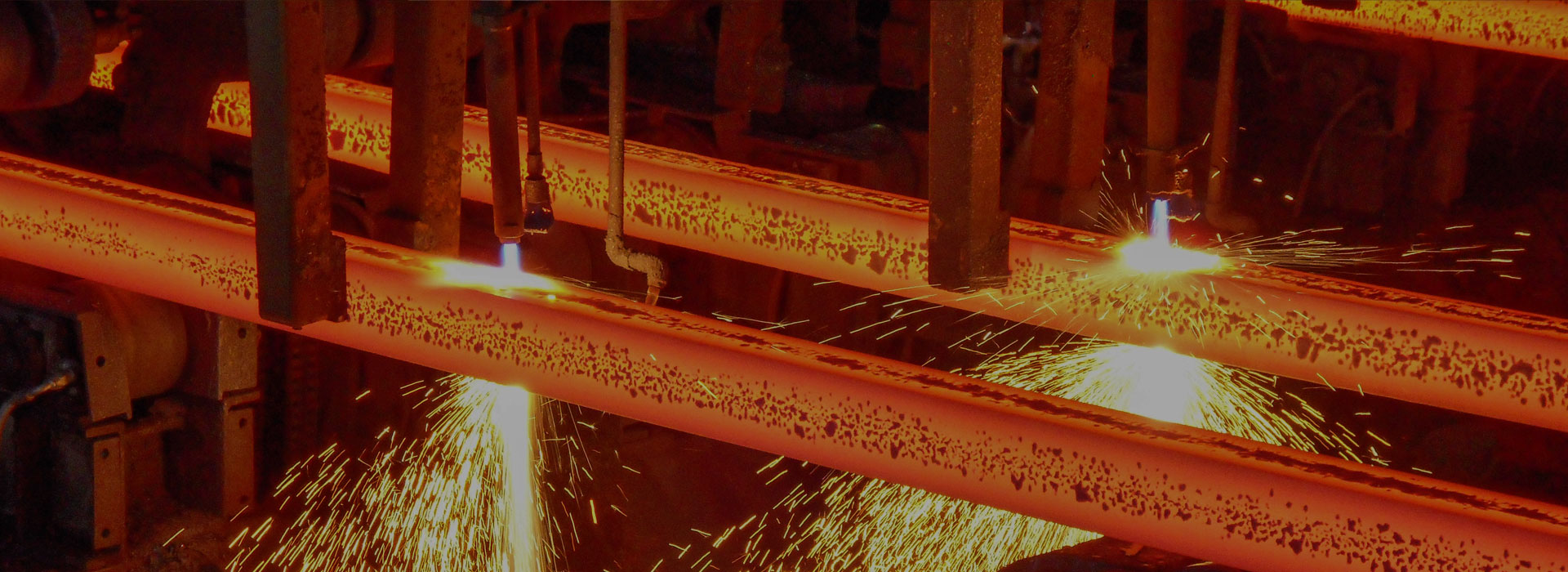What should we do if there is a defect in ductile iron castings? How to solve the defects of ductile iron castings?
2025-03-19
Ductile iron castings are an important type of iron casting that we have developed over the past 40 years, as the plasticity and toughness of ductile iron castings are higher than those of other cast irons, and their production costs are lower than those of steel, making them widely used and appreciated by many. Of course, nothing is perfect, and there are some flaws in ductile iron castings. In addition to general production defects, ductile iron can also exhibit defects unique to its production process, such as shrinkage porosity, slag inclusion, etc.So how can we prevent these defects in ductile iron castings?
For porosity defects, we can use cold iron to alter the temperature distribution of the ductile iron castings, which aids in the solidification of the casting. Additionally, improving the compactness of the sand mould is also effective, with the compactness generally not being less than 90, in order to ensure that the mould possesses sufficient stiffness. For slag inclusion defects, it is necessary to control the sulphur content in the molten iron; we should aim to reduce the sulphur content in the molten iron and appropriately add rare earth alloys to purify the molten iron. It is also essential to maintain smooth flow of molten iron during casting to avoid sand washing in the sprue.




